By: John W Wilson, University of Pretoria and Duan Biggs, Griffith University
 It is becoming increasingly difficult for people – particularly those from the developing world and the global south – to move around the globe. The UK voted “yes” to Brexit. Donald Trump wants to build a wall on the US border with Mexico. Hungary is also mulling a wall to keep “outsiders” from crossing its borders.
It is becoming increasingly difficult for people – particularly those from the developing world and the global south – to move around the globe. The UK voted “yes” to Brexit. Donald Trump wants to build a wall on the US border with Mexico. Hungary is also mulling a wall to keep “outsiders” from crossing its borders.
The attitude of citizens in higher income countries towards immigrants is hardening. Visas are harder to come by, no matter the purpose of your travel. And, as research we conducted in late 2015 reveals, scientists from the developing world are among those caught in the cross hairs.
Barriers to travel
As part of the research we conducted an online survey to examine the impact of visa requirements on scientific collaboration. Some of the respondents were postgraduate students; others were active researchers and academics in fields like biology, earth sciences, applied mathematics and engineering. In total, 232 people representing 46 citizenships – from Canada, Chile, France, Malaysia, New Zealand and Kenya, to name a few – took part in the research.
We found that researchers from countries defined as developing by the International Monetary Fund perceive current visa rules as a major impediment to professional travel. Their peers from developed countries did not experience visa rules as a significant barrier.


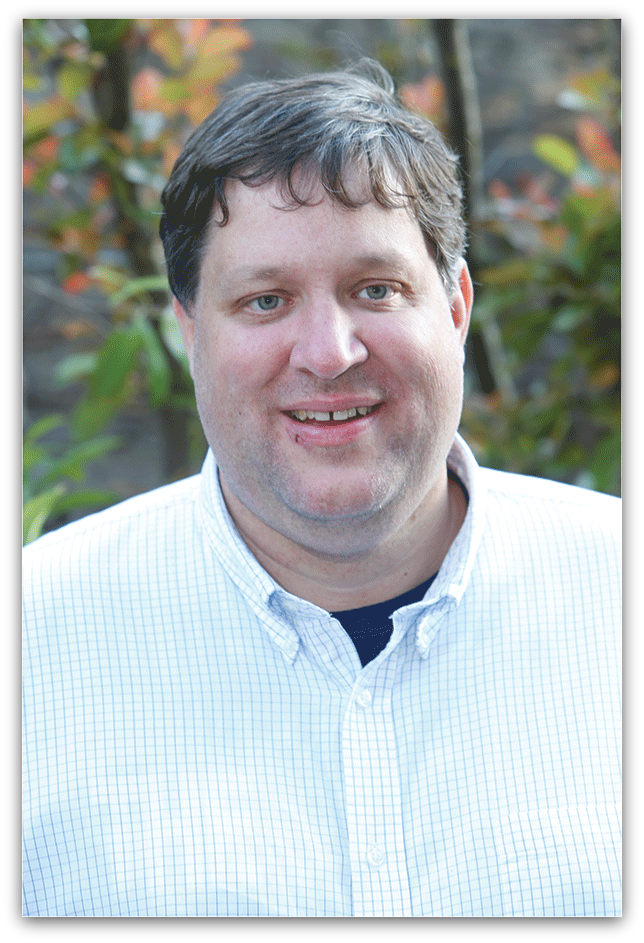 David Cliffel is the Professor of Chemistry & Department Chair at Vanderbilt University, where he leads research on the electrochemistry and analytical chemistry of nanoparticles and photosynthetic proteins. He has recently become a new Technical Editor for the
David Cliffel is the Professor of Chemistry & Department Chair at Vanderbilt University, where he leads research on the electrochemistry and analytical chemistry of nanoparticles and photosynthetic proteins. He has recently become a new Technical Editor for the 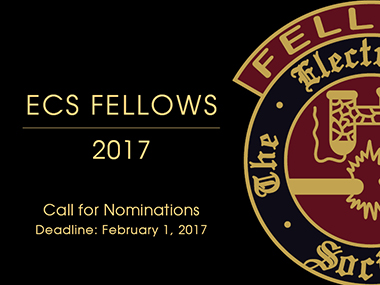
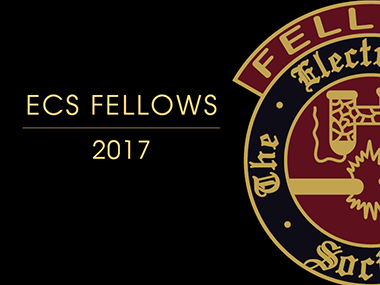
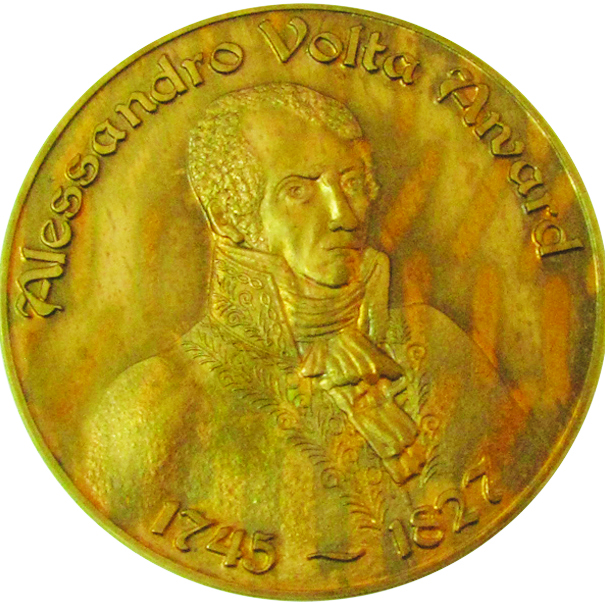
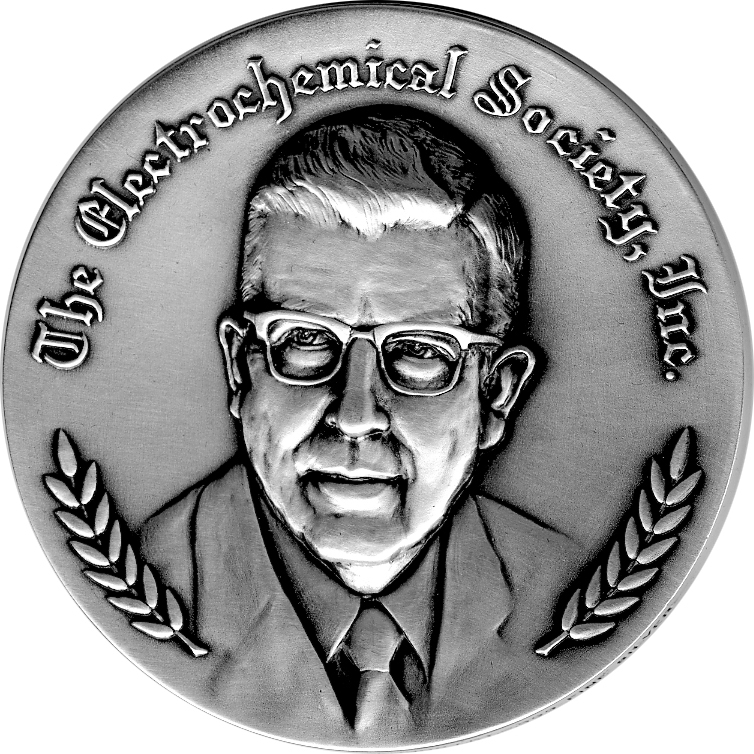
 The last week of October is
The last week of October is 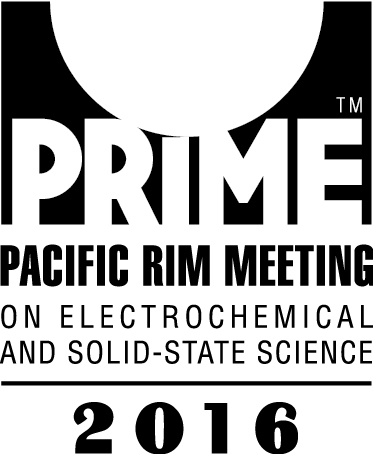 Aloha!
Aloha!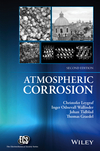 Atmospheric Corrosion, Second Edition, by Christofer Leygraf, Inger Odnevall Wallinder, Johan Tidblad, and Thomas Graedel
Atmospheric Corrosion, Second Edition, by Christofer Leygraf, Inger Odnevall Wallinder, Johan Tidblad, and Thomas Graedel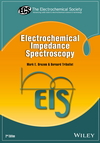 Electrochemical Impedance Spectroscopy, Second Edition, by Mark Orazem and Bernard Tribollet
Electrochemical Impedance Spectroscopy, Second Edition, by Mark Orazem and Bernard Tribollet
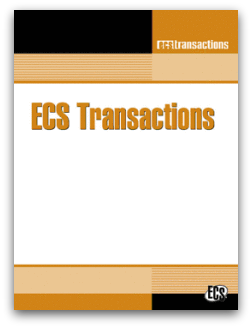 Seventeen new issues of ECS Transactions have just been published for the PRiME ECS Meeting.
Seventeen new issues of ECS Transactions have just been published for the PRiME ECS Meeting.